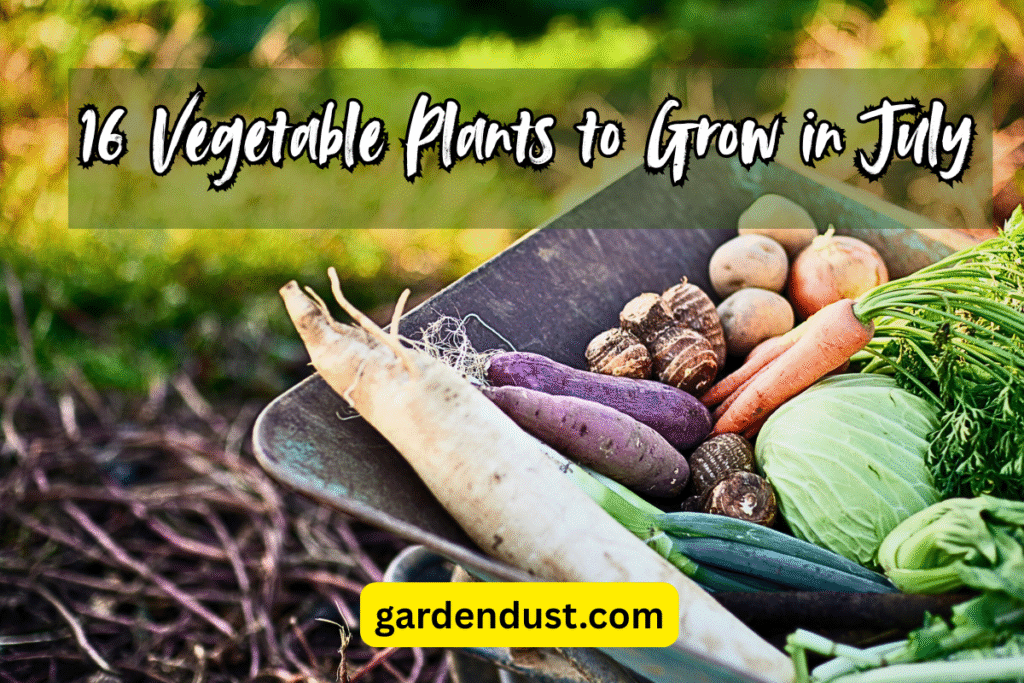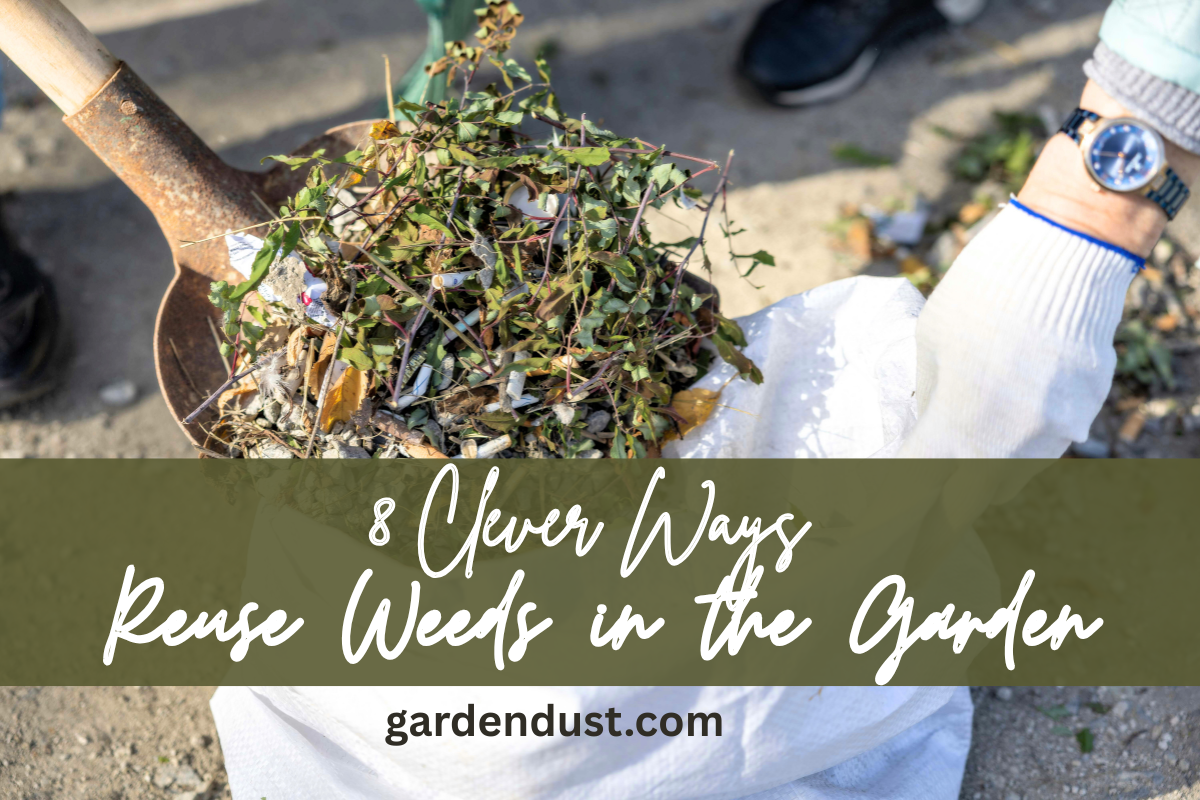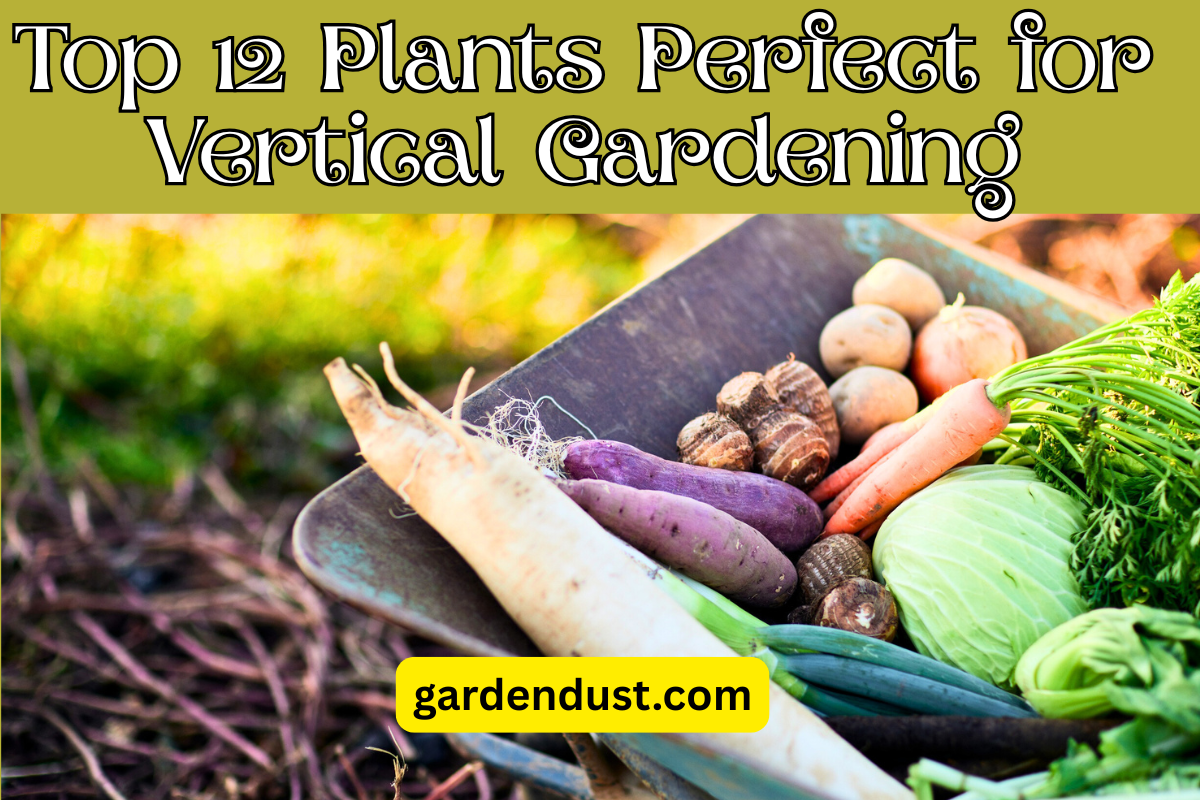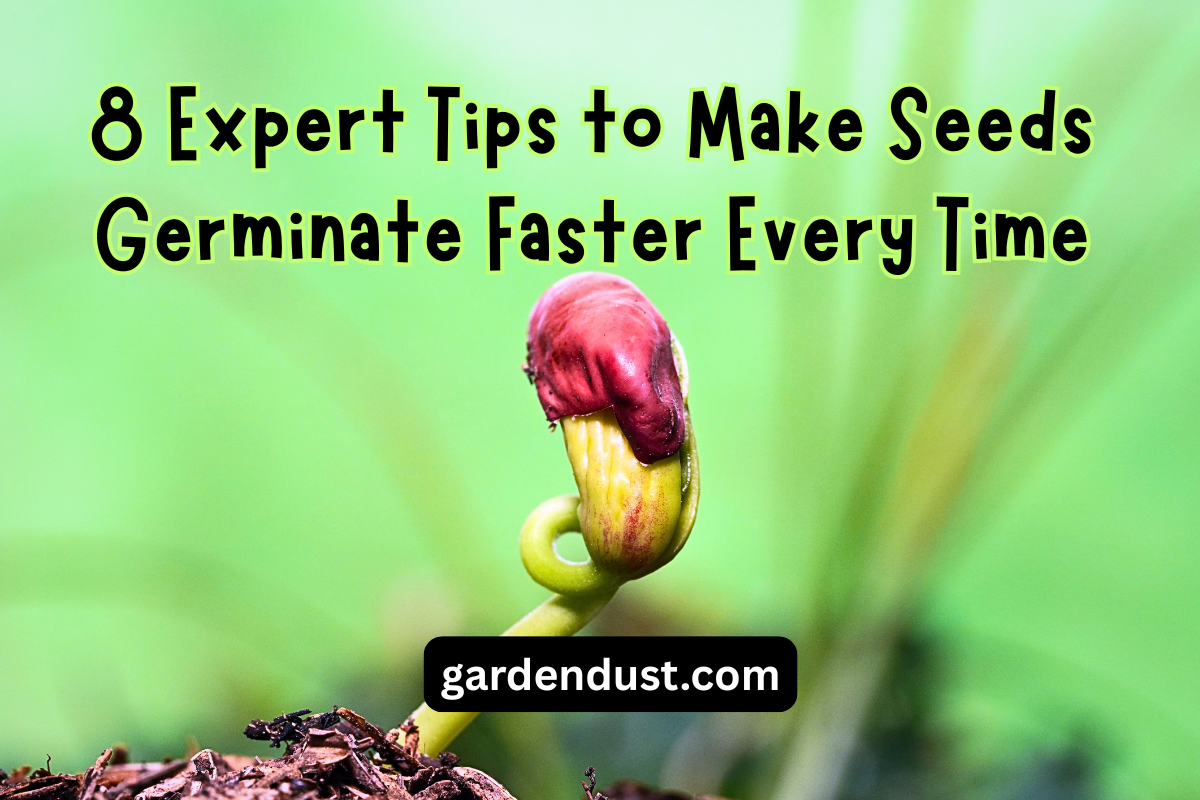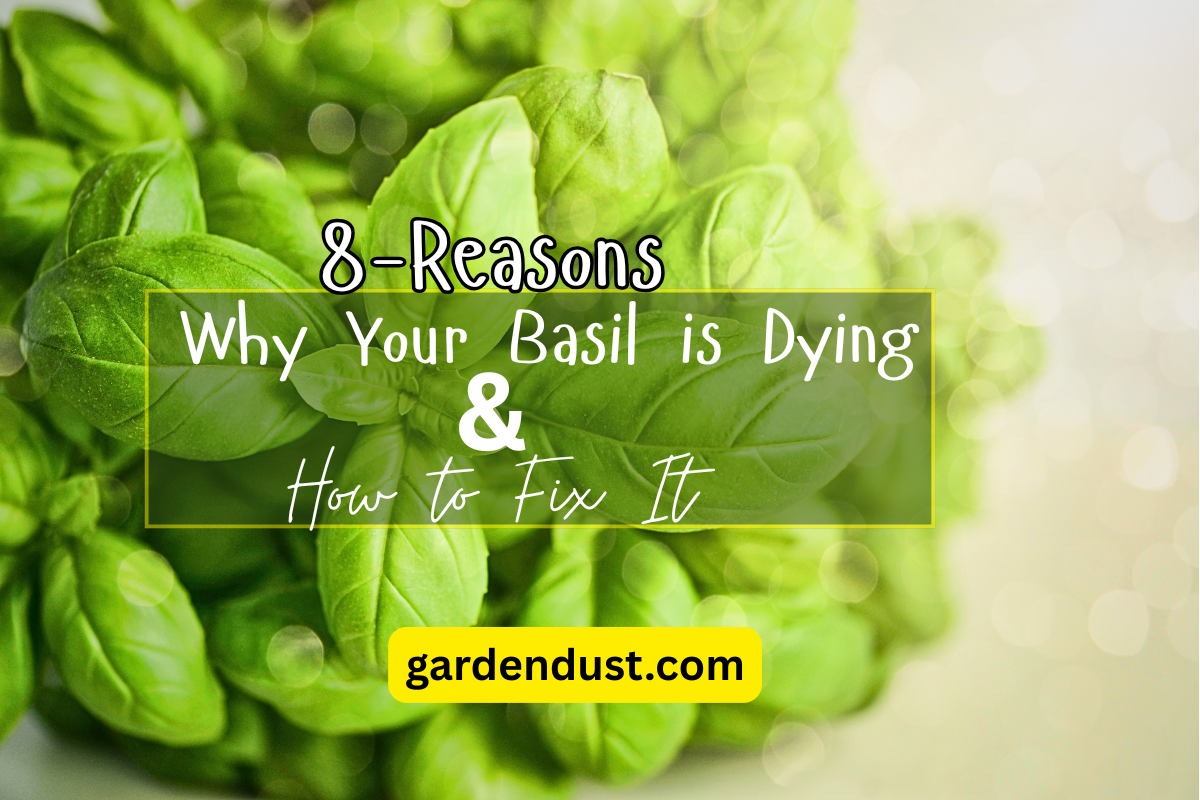July might be mid-summer, but for gardeners, it can be a golden opportunity. As early crops begin to mature, you can make use of the warm soil, long days, and abundant sunlight to plant a wide range of vegetables for a fall harvest or even enjoy some quick-growing ones by late summer. Whether you’re succession planting or just getting started, here’s a comprehensive guide to 16 vegetables that thrive when planted in July.
16 Vegetable Plants to Grow in July
🫘1. Bush Beans
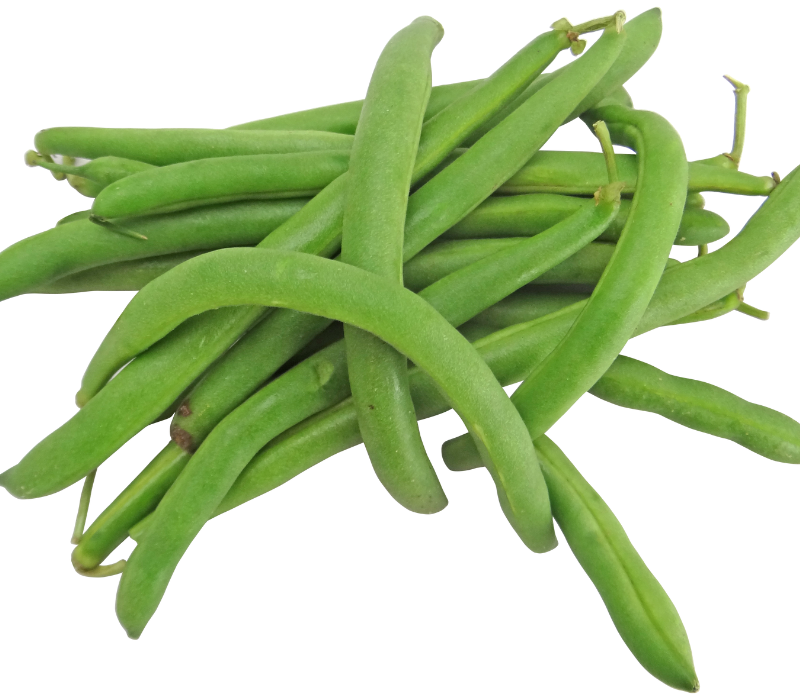
Bush beans love warm weather and grow quickly, making them an ideal candidate for July planting. Unlike pole beans, they don’t need support and mature faster.
Days to Maturity: 50–60 days
Best for: Quick harvests, poor soils
Sun: Full sun (6+ hours)
Growing Tips:
- Direct sow into warm, well-drained soil.
- Avoid overwatering, especially during flowering.
- Pick beans regularly to encourage more pods.
Bonus Tip: Soak seeds overnight before planting for faster germination.
🥕2. Carrots
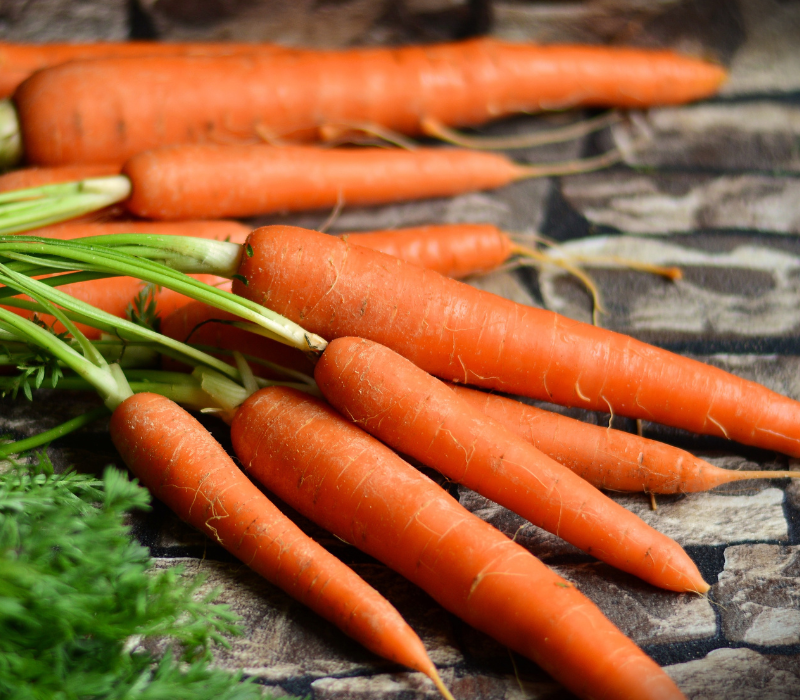
July-planted carrots grow best when mulched to keep the soil cool. These will mature perfectly for a sweet fall harvest—especially as cooler nights improve flavor.
Days to Maturity: 70–80 days
Best for: Sandy, loose soils
Sun: Full sun to partial shade
Growing Tips:
- Sow thinly and avoid transplanting.
- Keep soil consistently moist during germination.
- Thin seedlings to about 2 inches apart for uniform roots.
Bonus Tip: Mix seeds with sand for more even distribution.
🥒3. Cucumbers

Fast-growing cucumbers planted in July can still produce a healthy crop before the season ends. They love heat and grow aggressively in fertile soil.
Days to Maturity: 50–70 days
Best for: Trellising, pickling
Sun: Full sun
Growing Tips:
- Choose bush varieties for small spaces.
- Use a trellis to improve airflow and reduce disease.
- Water deeply to prevent bitterness in fruits.
Bonus Tip: Avoid overhead watering to reduce fungal diseases.
🥬4. Beets

Beets can be planted mid-to-late July and will thrive as temperatures begin to cool later. Both the greens and roots are edible.
Days to Maturity: 55–70 days
Best for: Dual harvest (greens + roots)
Sun: Full sun
Growing Tips:
- Thin to 3–4 inches apart for larger roots.
- Keep soil moist but not soggy.
- Mulch to conserve moisture and suppress weeds.
Bonus Tip: Younger leaves are great in salads; mature leaves can be sautéed.
🌈5. Swiss Chard

Swiss chard is one of the few leafy greens that handle summer heat well. It adds ornamental value with its colorful stems.
Days to Maturity: 50–60 days
Best for: Heat resistance
Sun: Full sun to partial shade
Growing Tips:
- Keep soil moist for tender leaves.
- Cut outer leaves to encourage continuous growth.
- Use a balanced fertilizer to promote leafy growth.
Bonus Tip: Harvest regularly to prevent bolting.
🥦6. Kale

Kale planted in July will mature into cool fall temperatures, enhancing its flavor. Frost actually sweetens kale.
Days to Maturity: 55–75 days
Best for: Fall/winter harvests
Sun: Full sun to partial shade
Growing Tips:
- Plant in well-drained, fertile soil.
- Use row covers to protect from cabbage worms.
- Mulch to keep roots cool and soil moist.
Bonus Tip: Harvest lower leaves first to keep the plant producing.
🍆7. Summer Squash
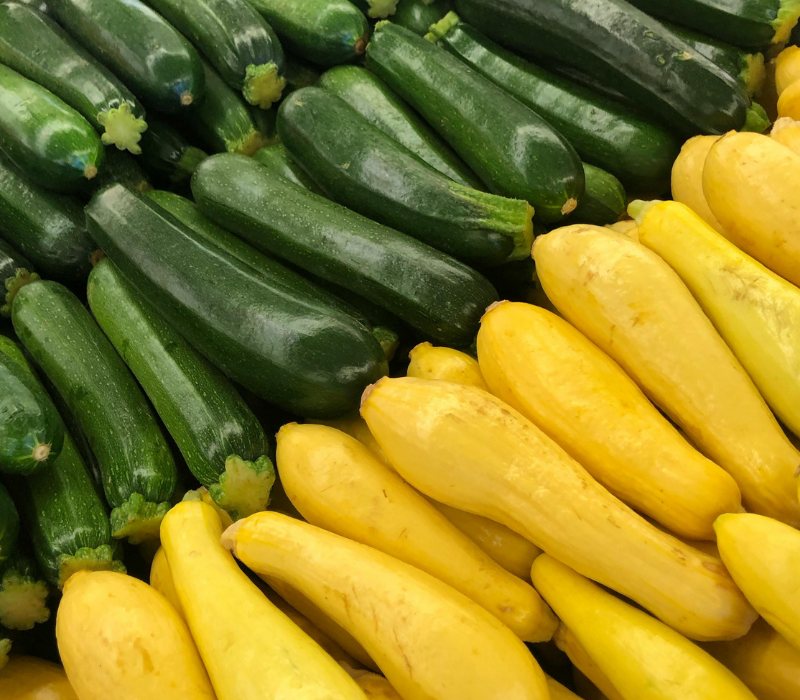
Zucchini and yellow squash love July’s heat and produce heavily. These plants grow quickly and can feed a family with just a few plants.
Days to Maturity: 45–60 days
Best for: Fast production
Sun: Full sun
Growing Tips:
- Space generously to reduce disease risk.
- Fertilize with compost or organic nitrogen source.
- Pick young fruits to avoid seedy texture.
Bonus Tip: Hand-pollinate early blooms to improve yield.
🌱8. Turnips
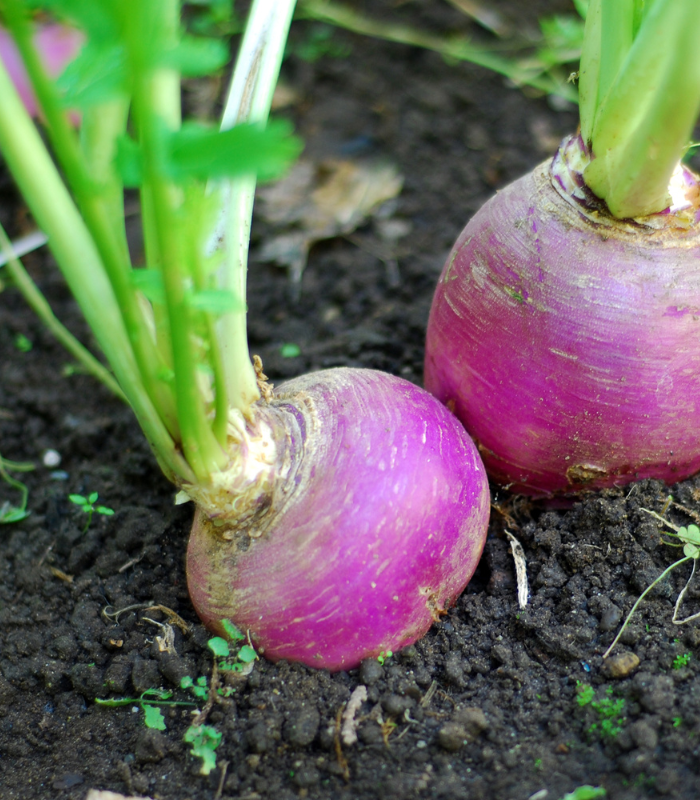
Turnips grow quickly and are best harvested young. Their greens are equally delicious and nutritious.
Days to Maturity: 40–60 days
Best for: Quick fall crops
Sun: Full sun
Growing Tips:
- Thin seedlings early to prevent overcrowding.
- Water regularly to avoid woody roots.
- Mulch to retain soil moisture.
Bonus Tip: Harvest baby turnips in just 30 days for tender results.
🌶️9. Radishes

Radishes are one of the quickest vegetables you can grow. You can even squeeze in multiple harvests from now through fall.
Days to Maturity: 25–40 days
Best for: Fast succession planting
Sun: Full sun to partial shade
Growing Tips:
- Plant shallowly and evenly.
- Avoid too much nitrogen or you’ll get big leaves but no roots.
- Keep soil moist for a milder flavor.
Bonus Tip: Grow alongside carrots as a natural row marker.
🥗10. Lettuce (Heat-Tolerant Varieties)

Most lettuce bolts in heat, but with heat-tolerant varieties and a bit of shade, you can still enjoy summer salads.
Days to Maturity: 30–55 days
Best for: Cut-and-come-again harvests
Sun: Partial shade preferred in July
Growing Tips:
- Use shade cloth or plant near taller crops.
- Harvest in the early morning for the freshest leaves.
- Water frequently to prevent bitterness.
Bonus Tip: Refrigerate immediately after harvest for crispness.
🌿11. Okra
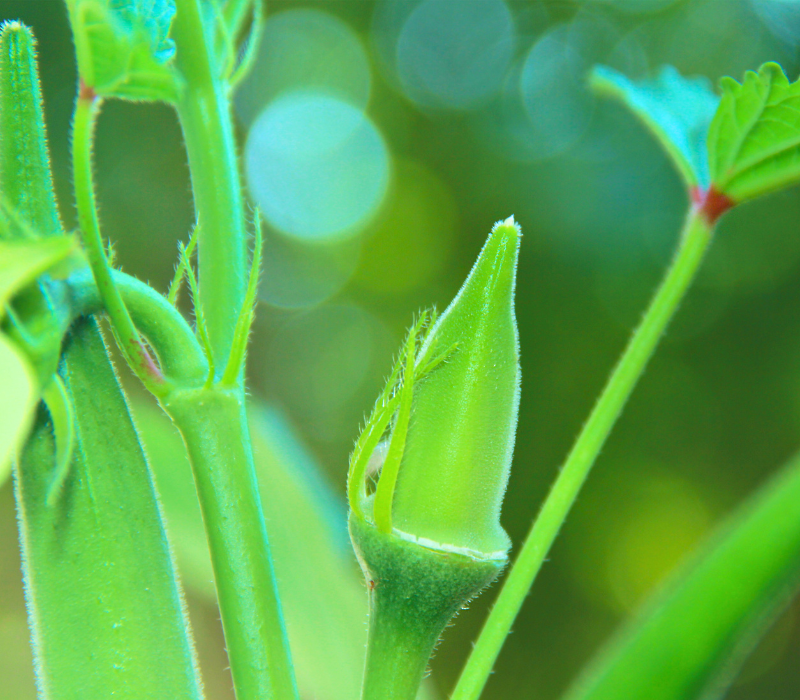
Okra thrives in the heat and requires minimal maintenance once established. It produces continuously if harvested often.
Days to Maturity: 50–65 days
Best for: Hot, humid climates
Sun: Full sun
Growing Tips:
- Soak seeds before sowing to soften the outer shell.
- Harvest pods when young (2–3 inches).
- Wear gloves when harvesting to avoid skin irritation.
Bonus Tip: Use okra as a natural trellis companion for other climbers.
🥬12. Collard Greens

These hardy greens can handle heat and mature into the cool fall months. They’re less likely to bolt than lettuce or spinach.
Days to Maturity: 60–85 days
Best for: Nutrient-dense greens
Sun: Full sun
Growing Tips:
- Fertilize regularly with compost tea or fish emulsion.
- Space plants 18 inches apart.
- Harvest lower leaves, leaving the center to continue growth.
Bonus Tip: Flavor improves significantly after a light frost.
🌿13. Spinach (New Zealand or Malabar Spinach)

Malabar and New Zealand spinach aren’t true spinach but are heat-tolerant substitutes with a similar taste.
Days to Maturity: 60–70 days
Best for: Summer substitute for true spinach
Sun: Full sun to partial shade
Growing Tips:
- Provide vertical support for Malabar spinach.
- New Zealand spinach sprawls; give it room to grow.
- Harvest young leaves for best texture.
Bonus Tip: Malabar spinach is ornamental too, with deep purple stems and berries.
🌱14. Peas (For Fall Harvest)

Although peas prefer cool weather, planting in late July can result in a productive fall crop as temperatures drop.
Days to Maturity: 60–70 days
Best for: Late-season harvest
Sun: Full sun
Growing Tips:
- Sow in well-drained soil enriched with compost.
- Use a trellis to keep pods clean.
- Water at the base to prevent powdery mildew.
Bonus Tip: Soak seeds overnight to improve germination.
🥦15. Broccoli (For Fall Harvest)

Broccoli is a cool-season crop best started in July for fall harvest. It can be direct sown or started indoors and transplanted.
Days to Maturity: 60–90 days
Best for: Cool-season harvest
Sun: Full sun
Growing Tips:
- Provide plenty of water and nitrogen.
- Watch for cabbage worms and apply neem or BT as needed.
- Harvest heads before they flower.
Bonus Tip: Leave side shoots for continued mini-harvests.
🥬16. Cabbage (For Fall Harvest)

Cabbage started in July will grow into fall, forming dense heads ideal for slaw, soups, and fermenting (hello, sauerkraut!).
Days to Maturity: 70–100 days
Best for: Storage crops
Sun: Full sun
Growing Tips:
- Start seeds indoors to avoid hot soil and pests.
- Transplant seedlings into rich, firm soil.
- Provide even watering to prevent splitting.
Bonus Tip: Add a collar around young plants to deter cutworms.
General Gardening Tips for July Planting
1. Mulch Matters-Mulching is critical in July. Use straw, grass clippings, or compost to insulate soil, conserve moisture, and suppress weeds.
2. Mind the Heat-Young seedlings are vulnerable to July’s intensity. Use row covers, shade cloth, or plant near tall crops to provide relief.
3. Plan for Succession-Stagger sowing every 2–3 weeks for a continuous harvest of fast crops like lettuce, radishes, and bush beans.
4. Watch for Pests-Summer brings a spike in insect populations. Look out for aphids, cabbage worms, and squash bugs. Use neem oil or insecticidal soap as needed.
5. Feed Your Plants-Warm-weather crops grow fast—feed them well. A balanced organic fertilizer or compost tea can give them the boost they need.
🌻Conclusion
Don’t let the summer heat keep you out of the garden—July is bursting with potential. Whether you want crisp greens, hearty roots, or heat-loving favorites like okra and squash, there’s still plenty of time to plant and harvest. With proper care, consistent watering, and a little planning, your July Garden can produce well into fall. So, grab your tools, sow those seeds, and let your garden thrive through the hottest part of the year. Happy Gardening….

